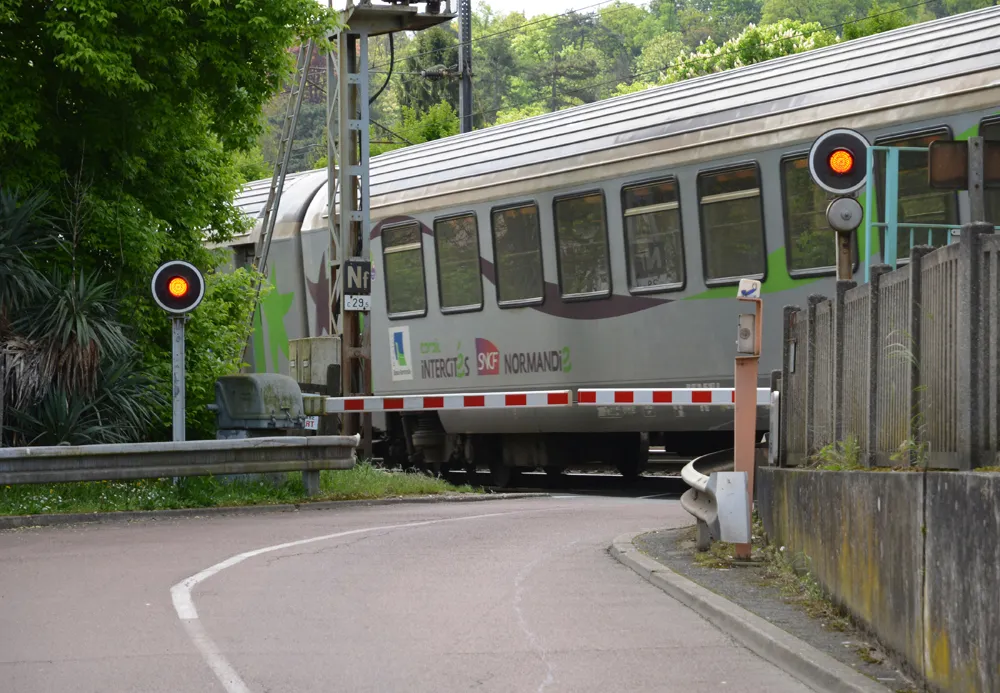Aimed at harmonising cooperative ITS deployment, the C-ITS Delegated Act - a leaked draft of which had circulated widely within the ITS industry – will in effect decide, for example, what communications protocols are to be used as C-ITS develops.
The draft suggests that the eventual law will be technology-neutral, although the fact that it is using the existing ITS-G5 as a baseline technology has worried the 5G Automotive Association (5GAA).
The organisation says the draft contradicts the
This threatens to exclude “other available and mature technologies such as LTE-V2X” for direct short-range or long-range communications, it said in a submission.
5GAA believes LTE-V2X is the only platform which offers a “clear evolutionary roadmap” towards 5G for connected vehicles and road infrastructure.
Others do not agree. For example,
European lawmakers consider future C-ITS framework
Draft legislation which will underpin future services such as connected vehicles has been put before the European Parliament and Council this week.
Aimed at harmonising cooperative ITS deployment, the C-ITS Delegated Act - a leaked draft of which had circulated widely within the ITS industry – will in effect decide, for example, what communications protocols are to be used as C-ITS develops.
The draft suggests that the eventual law will be technology-neutral, although the fact that it is using the exi
March 14, 2019
Read time: 2 mins
Draft legislation which will underpin future services such as connected vehicles has been put before the European Parliament and Council this week.









